Written by Guest Contributor on The Prepper Journal.
Editors Note: An article from TheSimplePrepper.com to The Prepper Journal. As always, if you have information for Preppers that you would like to share then enter into the Prepper Writing Contest with a chance to win one of three Amazon Gift Cards with the top prize being a $300 card to purchase your own prepping supplies
Think of the most valuable and irreplaceable things you keep around your home – old family photographs, important documents like birth certificates, a backup of your computer’s hard drive and the lifetime of work it contains, stockpiles of cash for a rainy day, and even precious jewelry and family heirlooms, as well as things you need to control, such as firearms. Consider this, what would happen to these possessions in the event of a burglary, fire, or flood? Are you prepared?
Thankfully, there’s an easy solution to protecting your valuables at home – a home safe. High-end safes are designed to not only survive the destruction of your home, but to protect whatever you store inside them from being ruined or severely damaged.
While you may already have a safe, it’s worth taking a closer look at how it will stand up in the event of a burglary or a major disaster. Ideally, you want a safe that can protect against nearly anything that you could imagine happening to your home – unfortunately, most standard safes are not able to protect against capable burglars, fires, or floods. Check out what you should consider when investing in a safe so that you can rest easy knowing that your irreplaceable possessions are protected no matter what happens.
What to Consider When Protecting Against Burglary
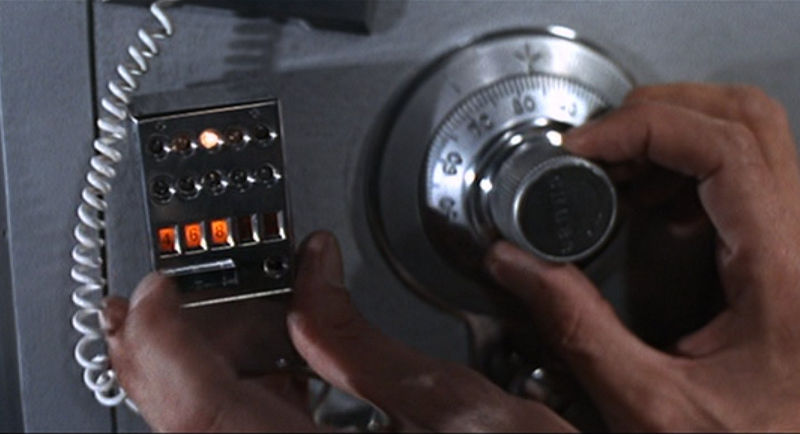
The first thing that many people think of protecting against when considering a safe is burglary. Protecting your valuables against burglars requires more than just a basic fireproof safe – unlike a fire, burglars are able to actively pick the locks on cheap safes and can even drill their way through a safe that is not thick enough to provide security. A common misconception is that hidden safes – like those that are placed into your floor or a wall – will provide protection against burglars. However, these safes are often cheaply designed and will rapidly open up for thieves if they are discovered (not to mention most wall and floor safes are not fire resistant).
Instead, the best way to judge a safe is to look at its protection rating, which gives an idea of how long a safe can withstand an attack for. These ratings range from withstanding mere seconds of attack by thieves to protecting against sustained attacks with tools and torches for up to 30 minutes. Be sure to purchase a safe from a trusted manufacturer, and when possible be sure to look for a UL label indicating the safe has undergone a standard testing procedure to ensure safety.
The exact level of protection you need depends on a couple factors. The most important is whether burglars will be working against time while they try to pick your safe. If you live far out in the countryside and don’t have a home security system, even the most secure safe is vulnerable to an hours-long attack by thieves. On the other hand, if your home is armed with an alarm system and you live close to the local police station, you may be able to spend less money on a less secure safe. In addition, consider the total value of everything you plan to store in your safe. Obviously, the higher the value the more secure a safe you should opt for. Also be sure to consult with your home insurance company to see if they have specific requirements to insure the contents of your safe.
What to Consider When Protecting Against Fire
The ability to protect irreplaceable valuables against a fire that turns everything else in your home to ashes is one of the best reasons to invest in a high-quality safe. Not every safe is resistant to fire, and not every fire resistant safe is designed equally – which is why, if you want to be sure that your valuables will be there when you return to your home after a disaster, it’s worth spending extra on a safe that you can trust.
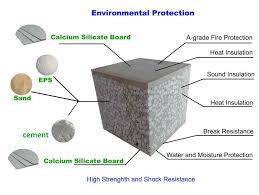
When choosing a safe to protect against fires, there are a few essential features to look for. First, opt for a safe with a minimum of one hour rated resistance time against fire. Even fire resistant safes are only able to keep their internal temperature down for so long, and this time decreases if your safe is close to where the fire started – the hottest area of the burn. Second, look for safes that come with a fire seal around the door. These seals are designed to expand when they heat up, keeping out flames and smoke as well as any water that gets on the safe during firefighting efforts. Plus, fire seals have the added advantage that they will keep out moisture on a day-to-day basis, which reduces the chance of steam forming inside the safe during a fire and ruining important documents.
Another thing to consider is that sensitive electronics – like a computer hard drive – and old photographs have different requirements than documents and money. These media are highly sensitive to moisture inside the safe during a fire since some amount of steam is almost certain to form. Although safes specifically designed to keep electronics and media safe by keeping their internal temperature even lower than a standard fire-proof safe are available, they are typically not secure against burglars. The best option then is to store a small, secondary electronics safe inside your primary safe.
(Editor’s Note: Did you know that if you work with classified materials from the U.S. Government and have an approved safe in your office, that storing your personal valuables, like gold coins or jewelry or cash in it is a violation of Federal Law? Even your EDC items like your purse or wallet stored in the safe during work hours is punishable by fine and imprisonment. This is because the addition of monetary valuables to the classified materials increases the likelihood that the classified materials will be compromised as a result of an attempted theft. Know before you go – to prison.)
What to Consider When Protecting Against Flood
While many fire resistant safes are also resistant to flooding, especially if they have a fire seal around the door, it’s important to double-check. In the case that you cannot find a fire and water resistant safe that fits your needs, another option is to place a waterproof box inside your safe. However, make sure that whatever waterproof material you opt for is able to withstand the high temperatures that your safe’s interior is likely to reach during a fire (typically 350 degrees).
What to Consider When Protecting Against EMP
Although not the disaster that is most likely to befall your home, it’s worth considering the possibility of an electromagnetic pulse when choosing a safe. After all, the last thing you want after an emergency is to return to your home only to find that you cannot access your valuables because the electronic combination lock has been disabled. To protect against this, high-end safes typically come with either an EMP-safe electronic lock or a redundant manual and electronic locking system. For valuable electronics stored in your safe consider using Faraday bags.
Make Sure You Consider Your Top Threats When Choosing a Home Safe
Investing in a safe is one of the best ways to protect your irreplaceable valuables in the event of a disaster, but it’s important to remember that not all safes are created equally. When choosing a safe, it is well worth the added investment to choose a model that will protect its contents against most anything that can happen.
BIO: The Simple Prepper is a survival blog devoted to educating the casual Prepper on topics such as disaster preparedness, emergency survival, prepper kits, self-reliance, and personal defense. Our mission is to make prepping easy and fun!
Follow The Prepper Journal on Facebook!
The post Why You Can’t Rely on a Cheap Safe appeared first on The Prepper Journal.
from The Prepper Journal
Don't forget to visit the store and pick up some gear at The COR Outfitters. How prepared are you for emergencies?
#SurvivalFirestarter #SurvivalBugOutBackpack #PrepperSurvivalPack #SHTFGear #SHTFBag

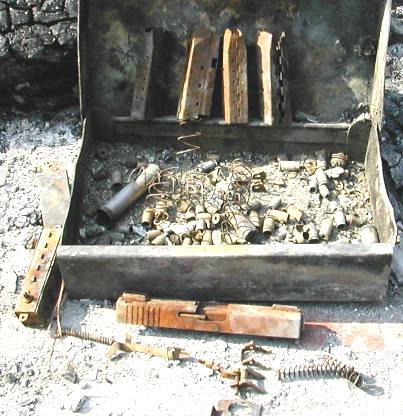
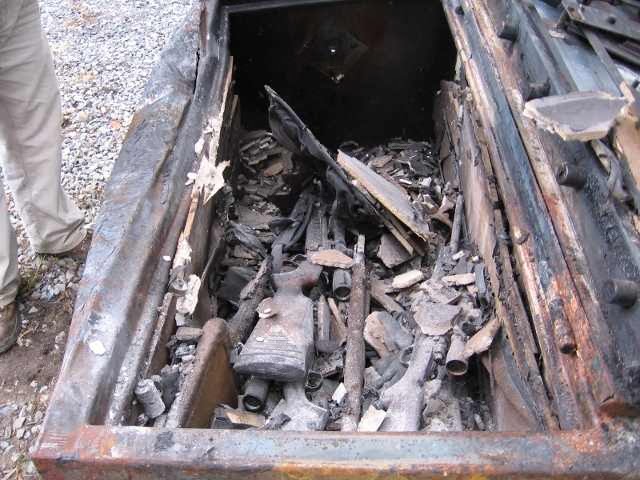
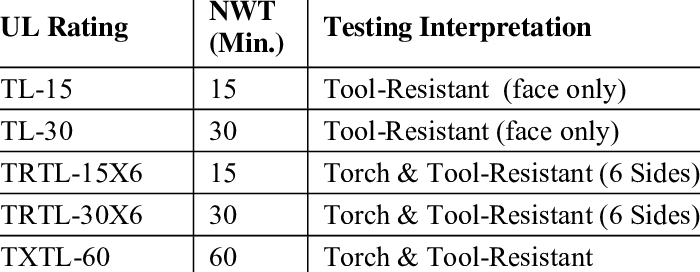
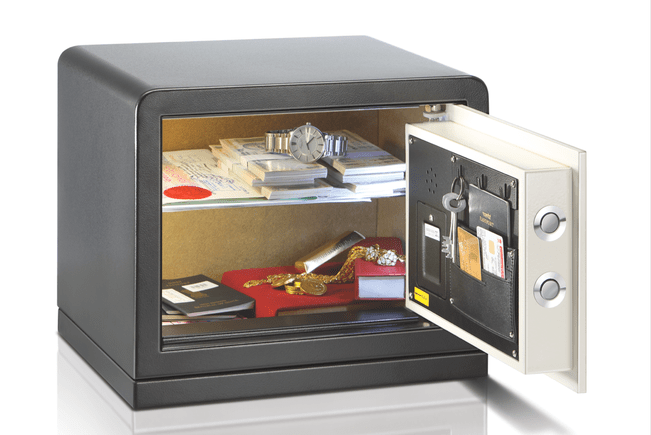
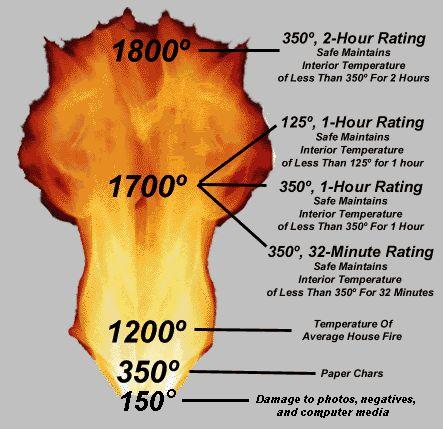
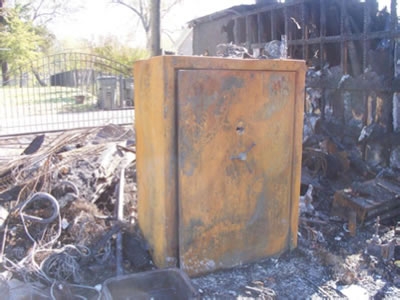
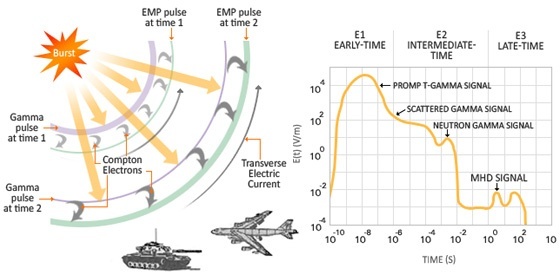
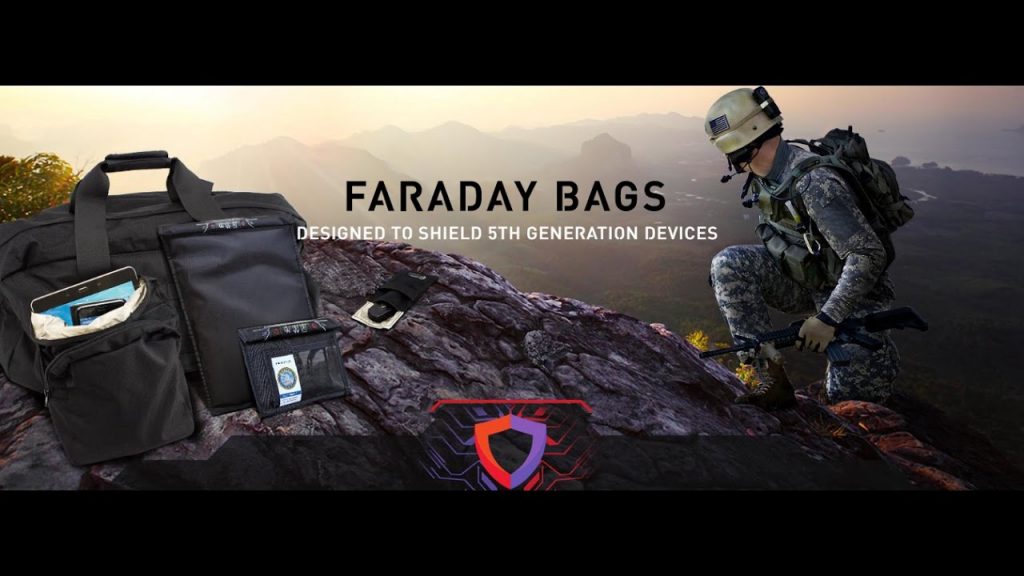
No comments:
Post a Comment